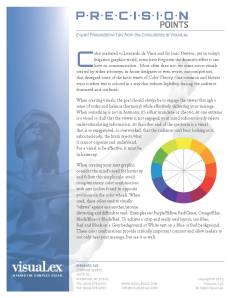Writing a Legal Brief? Try This Easy and Innovative Technique to Deliver Your Argument
A commonly held belief is that litigation graphics are only for trial; unfortunately, this is applying an ancient approach to a modern day submission. We asked some of our top clients (who include some of the top law firms in the US) why they use graphics in theirs briefs, and we received a resounding answer: visuals are the best way to communicate large amounts of data into one cohesive point. When our clients are faced with complicated, convoluted charts or excel spreadsheets full of thousands of points of data, they call us. The reason we always get this phone call from our most trusted clients is two-fold:
Because we have taught them that one graph (line, bar, or the like) can represent hundreds, if not thousands, of pieces of data in a simple uncomplicated way where the judge can immediately understand our argument
AND
With the limited amount of pages they are allowed in a brief, they understand each page needs to be as impactful as possible.
Below is a perfect example how we assisted a client with their recent brief. Our client was faced with a very strict page limitation, but needed to include numerous financial data in order to make our argument plausible. We condensed over 2100 (over 100 pages of Excel entries) pieces of data into one, static, comprehensive graphic that not only told our client’s story, but allowed the judge to understand a key argument with minimal cognitive overload. More importantly, our client was able to maximize the number of pages in their brief to help support their argument, which, in turn lead to a favorable ruling for our side moving forward.
Progressive litigators realize the value of utilizing visuals in all aspects of their case. Visuals are no longer just for trial, but can also be used during motions, hearings, Markmans and even trial briefs. If you’re using graphics only for trial, you’re already giving your opponent an advantage before stepping into the courtroom.
If you have any questions about gaining a competitive edge over your adversary, feel free to contact me at via LinkedIn.




